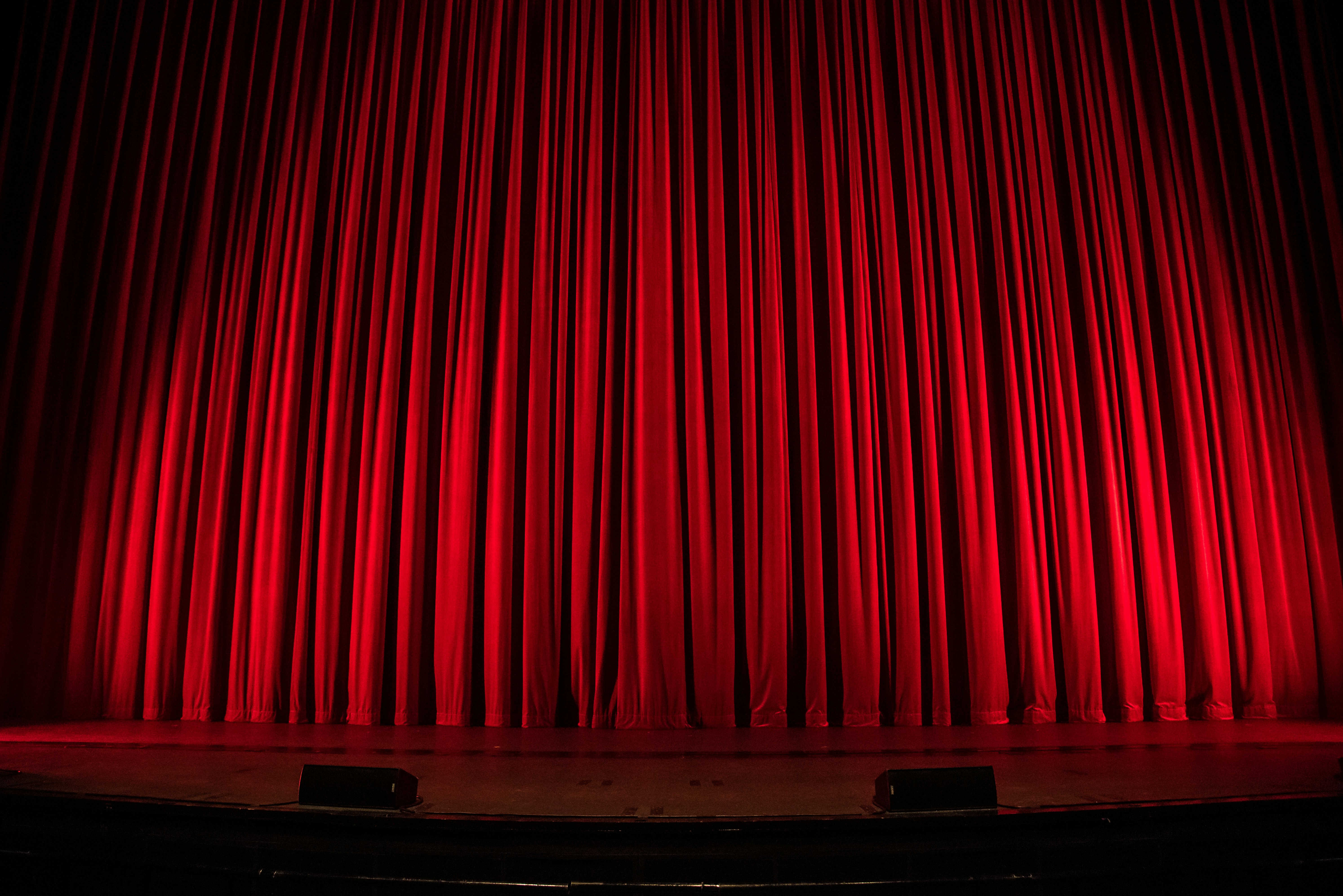Arena Stage Definition
Arena Stage - Definition:
An "arena stage" is a central stage surrounded by the audience on all sides. This type of stage setup is also known as "theatre-in-the-round."
Detailed Explanation:
The arena stage is a distinctive and immersive form of theatre staging where the audience encircles the stage, creating a 360-degree viewing experience. This setup breaks the traditional separation between the performers and the audience, fostering a more intimate and engaging atmosphere.
The concept of the arena stage dates back to ancient times, reminiscent of the circular performance spaces used in Greek and Roman amphitheatres. In modern theatre, the arena stage has been embraced for its ability to offer unique and dynamic storytelling opportunities.
Advantages of Arena Stage:
Enhanced Audience Engagement:
With spectators on all sides, performers can interact with the audience more directly, creating a sense of involvement and immersion.
Unrestricted Viewpoints:
The arena stage allows for varied perspectives, ensuring that every member of the audience has a unique and unobstructed view of the action.
Innovative Staging:
Directors and designers can experiment with non-traditional staging techniques, using the entire space creatively to enhance the narrative.
Challenges of Arena Stage:
Blocking and Movement:
Choreographing movements and blocking scenes can be challenging, as performers must be aware of their visibility from all angles.
Set Design:
Designing sets for an arena stage requires careful consideration to ensure that props and scenery do not obstruct the audience's view.
Lighting and Sound:
Lighting and sound design need to be meticulously planned to ensure that effects are evenly distributed and effective for the entire audience.
Uses in Performance:
Intimate Productions:
The arena stage is ideal for productions that benefit from a close, personal connection between the actors and the audience, such as dramas and experimental theatre.
Dynamic Action:
Performances that involve a lot of movement and action, such as dance or physical theatre, can leverage the arena stage to create a dynamic and captivating experience.
Interactive Shows:
Shows that involve audience participation or interactive elements can thrive in an arena stage setup, as the proximity to the audience enhances engagement.
Design Considerations:
When designing an arena stage, several factors must be considered to optimize the audience experience and performance quality:
Seating Arrangement:
The seating should be tiered to ensure that all spectators have a clear view of the stage. The arrangement should also facilitate easy access and egress.
Stage Elevation:
The height of the stage should be appropriate to allow visibility from all seating areas without causing discomfort to the performers.
Acoustics:
The acoustics must be designed to ensure that sound travels evenly throughout the space, allowing all audience members to hear the performance clearly.
Conclusion:
The arena stage offers a unique and engaging theatre experience, breaking down the barriers between performers and the audience. By surrounding the stage with spectators, this setup fosters a sense of community and immersion, making every performance an unforgettable experience. Whether used for intimate dramas, dynamic physical theatre, or interactive shows, the arena stage enhances the storytelling potential of any production.


